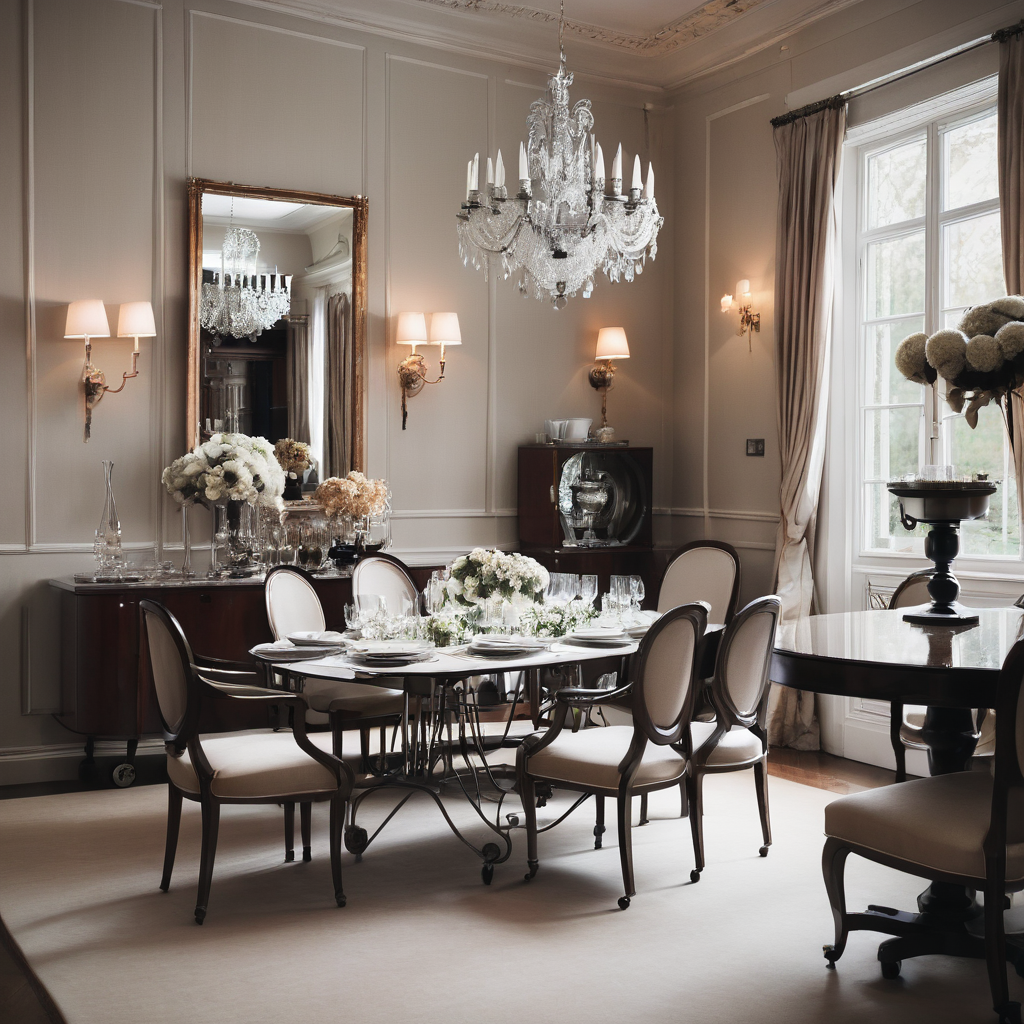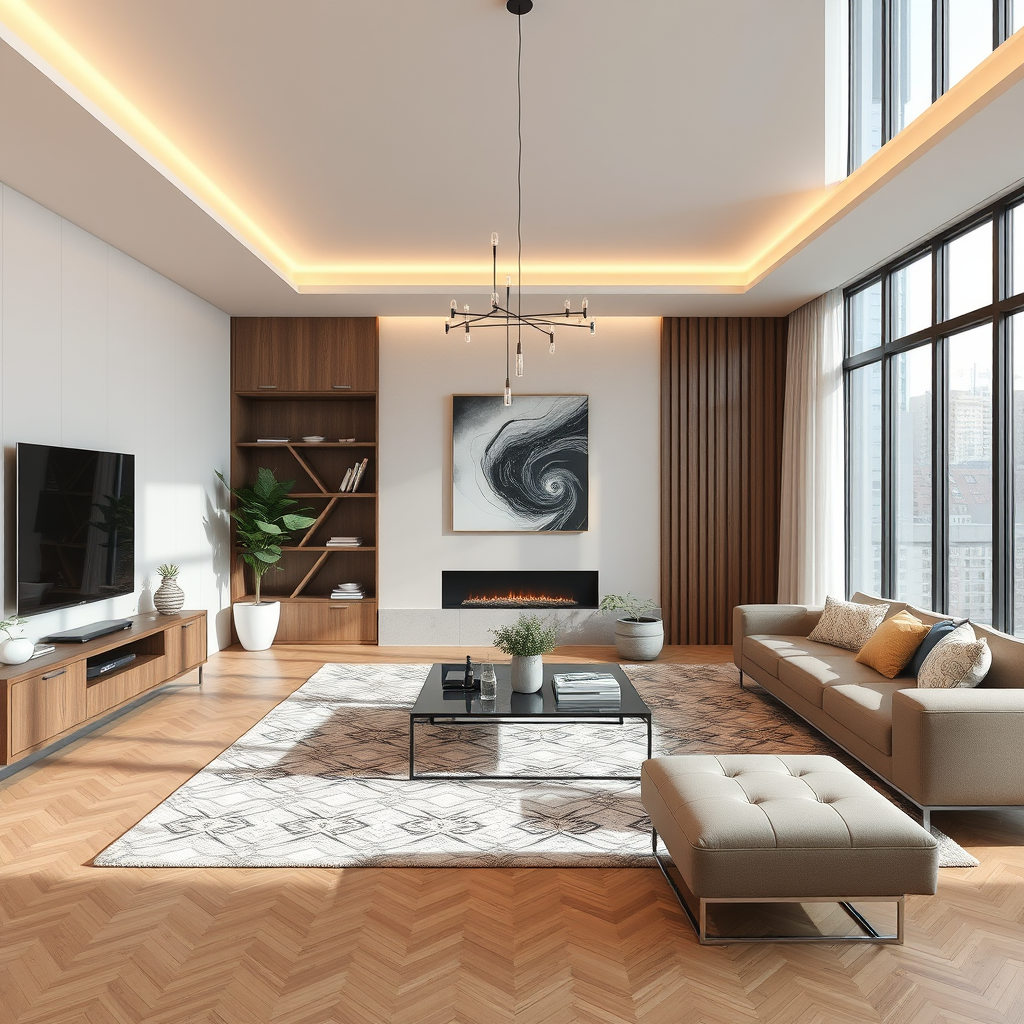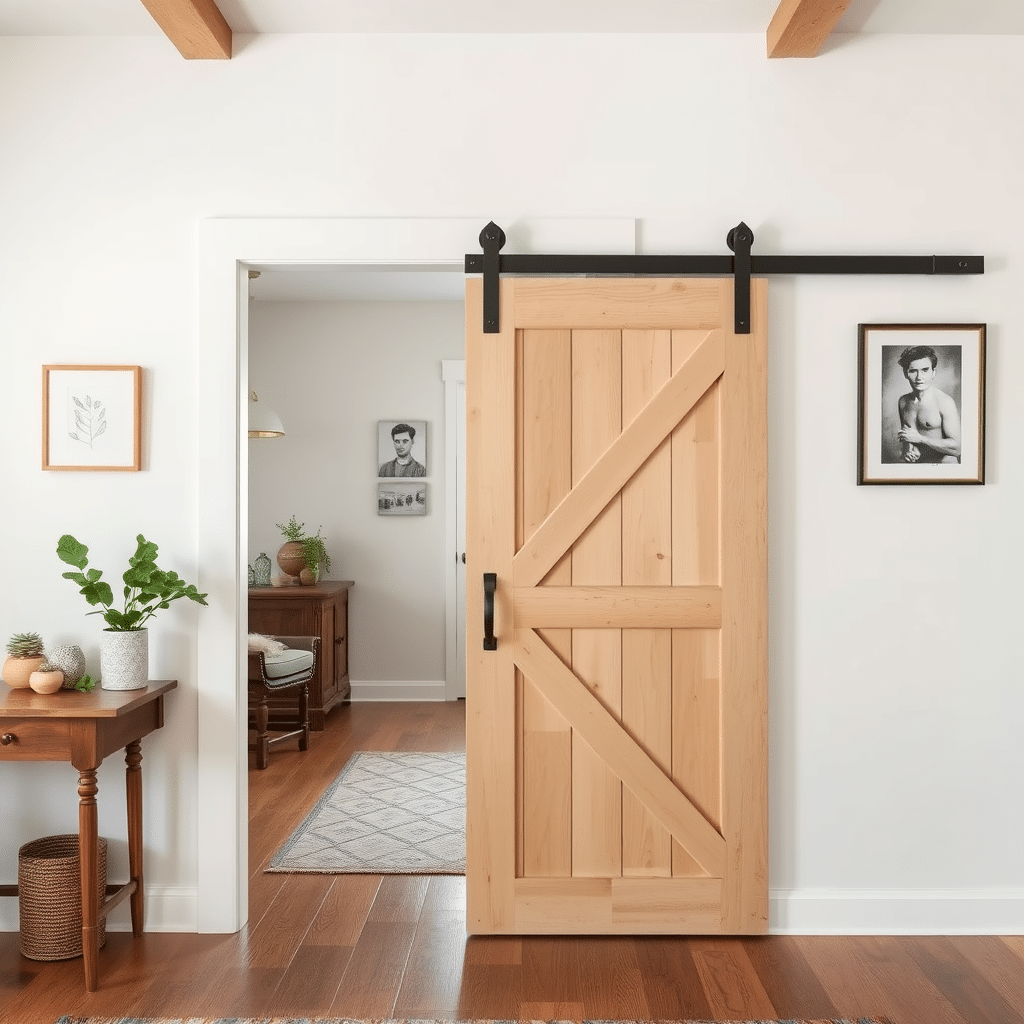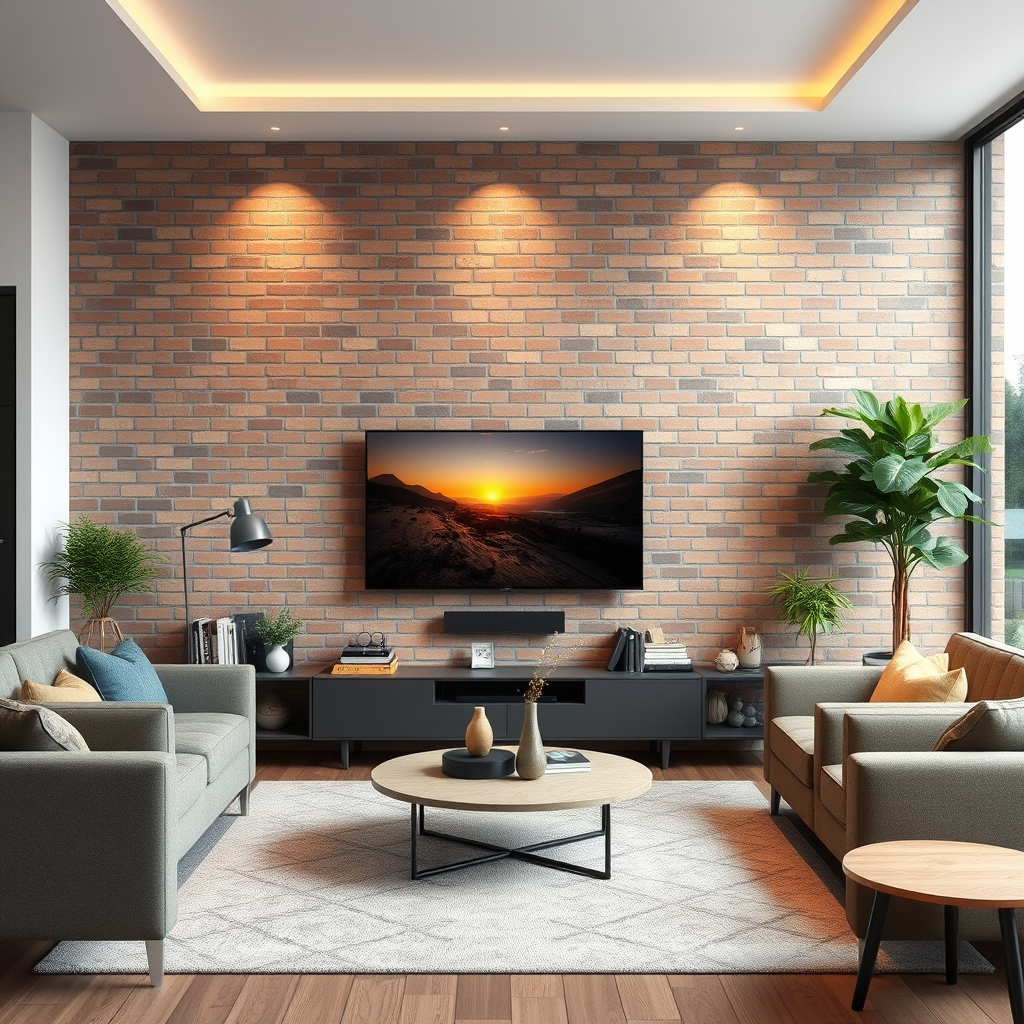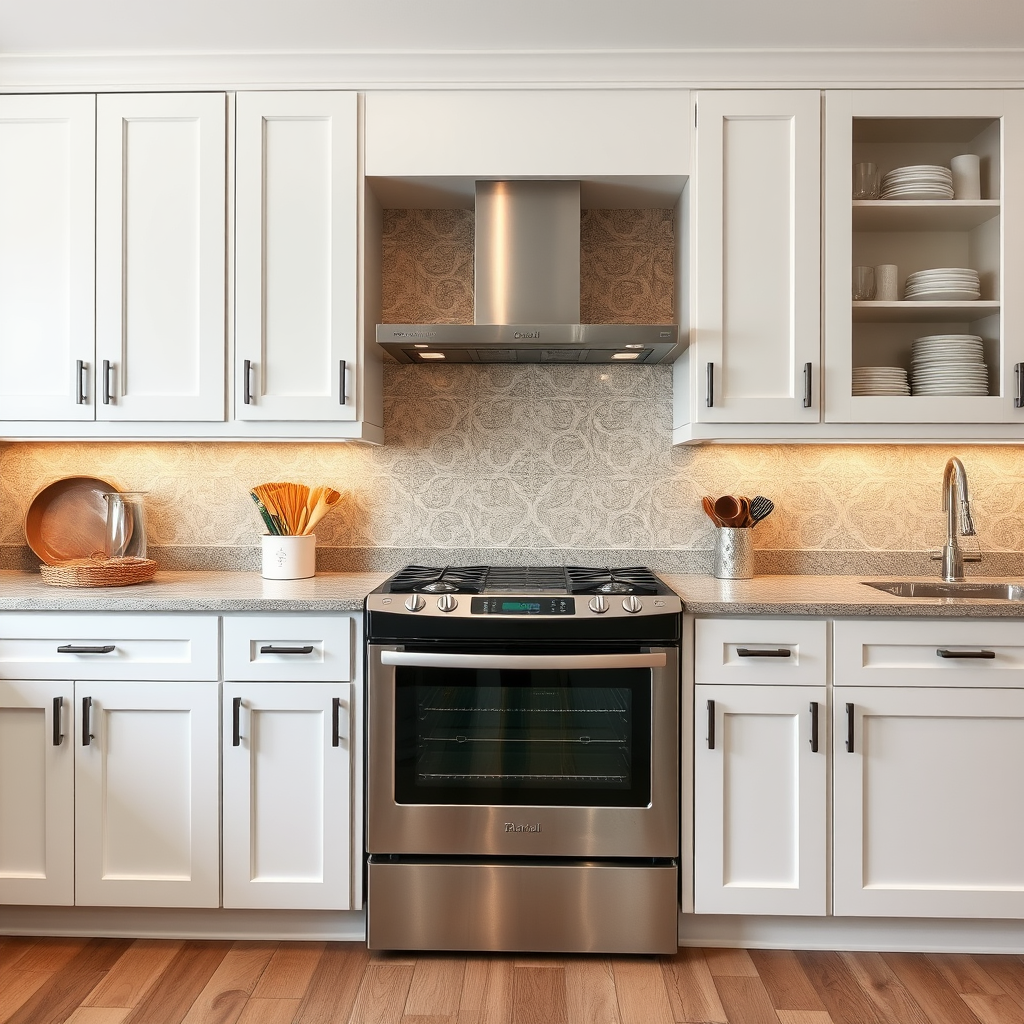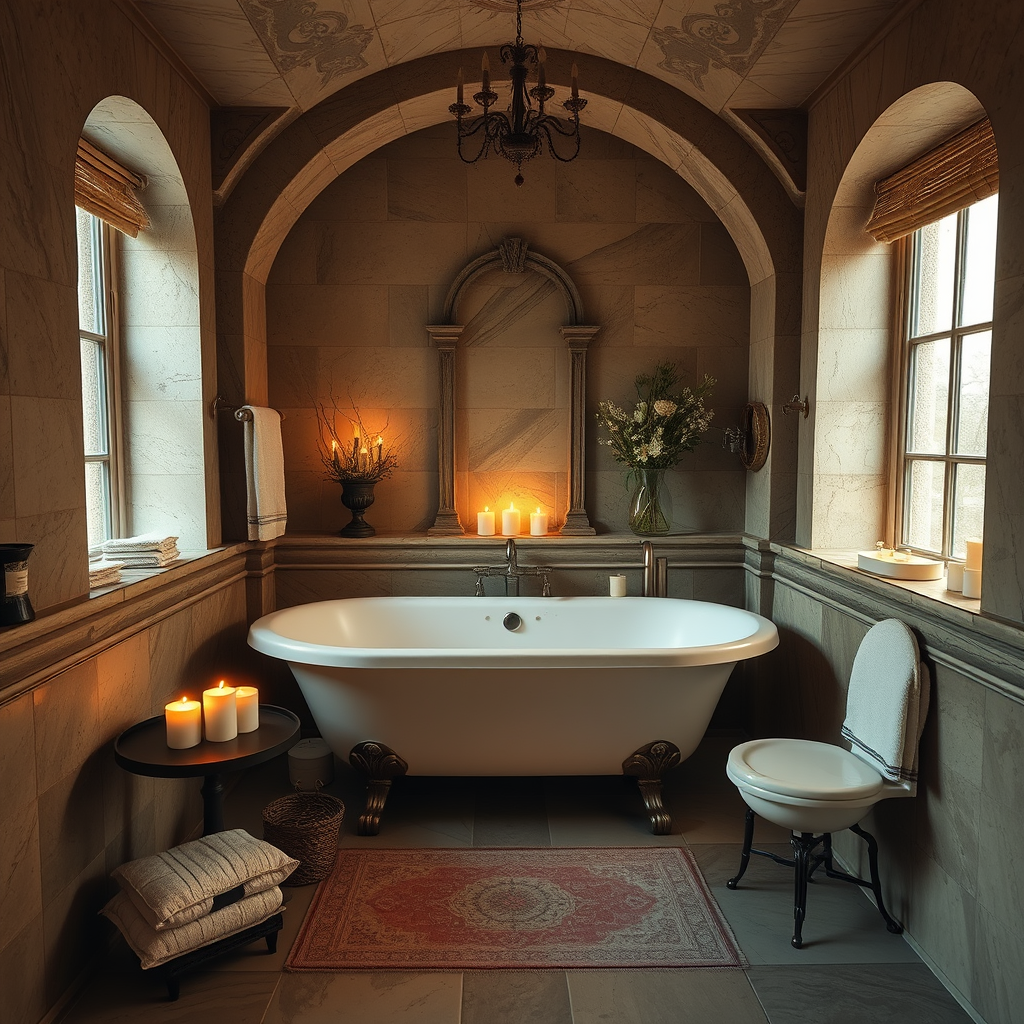The dining room is a central hub in the home, serving as a place for meals, celebrations, and family gatherings. Designing this space involves a mix of creativity and practicality to ensure it meets both aesthetic desires and everyday needs. Here’s a comprehensive guide to help you design a dining room that is stylish, functional, and inviting.
#### 1. **Understand the Purpose of the Room**
Before you begin designing, clarify the primary function of your dining room. Is it a formal space for special occasions, or a casual area for everyday dining? Your design approach will vary based on its use:
– **Formal Dining Room:** Focus on elegance and sophistication with high-quality materials and refined decor.
– **Casual Dining Room:** Emphasize comfort and practicality for daily meals and relaxed gatherings.
#### 2. **Choose a Color Scheme**
The color scheme sets the tone for the room. Consider how different colors affect the mood of the space:
– **Warm Colors:** Reds, oranges, and yellows create a cozy and inviting atmosphere.
– **Cool Colors:** Blues, greens, and grays offer a calming and serene environment.
– **Neutrals:** Whites, beiges, and grays provide a versatile backdrop for various styles and accents.
#### 3. **Select Furniture That Fits Your Space**
Furniture choices are crucial for both the functionality and look of your dining room. Key pieces include:
– **Dining Table:** The table’s size and shape should fit the room’s dimensions and your needs. Round tables encourage conversation and work well in smaller spaces, while rectangular tables are ideal for larger rooms and formal settings.
– **Dining Chairs:** Choose comfortable chairs that complement the table. Ensure they have enough padding and support for long meals.
– **Storage Solutions:** Consider adding a sideboard, buffet, or cabinet for storing tableware, linens, and utensils. These pieces also provide additional surfaces for serving food.
#### 4. **Incorporate Effective Lighting**
Lighting enhances both the functionality and ambiance of your dining room:
– **Overhead Lighting:** A statement chandelier or pendant light above the dining table serves as a focal point and adds elegance.
– **Ambient Lighting:** Use ceiling lights or wall sconces for general illumination that can be adjusted as needed.
– **Accent Lighting:** Add table lamps or floor lamps to create a warm and inviting atmosphere.
#### 5. **Choose the Right Flooring**
Flooring affects the room’s look and practicality. Common options include:
– **Hardwood:** Classic and durable, it adds warmth and sophistication to the room.
– **Tile:** A versatile option that is easy to clean and available in various designs.
– **Rug:** A rug under the dining table can define the space and add texture and color. Ensure it’s large enough for the table and chairs.
#### 6. **Add Personal Touches**
Personal touches make the dining room unique and inviting:
– **Artwork:** Choose pieces that complement your color scheme and style.
– **Table Centerpieces:** Use fresh flowers, candles, or decorative bowls to create a focal point on the table.
– **Decorative Accents:** Consider items like placemats, napkin rings, or a stylish carafe to enhance the table setting.
#### 7. **Include Greenery**
Plants add a touch of nature and freshness to the dining room:
– **Potted Plants:** Place small plants on the table or larger ones in the corners of the room.
– **Herb Gardens:** A small herb garden on the windowsill adds beauty and functionality.
#### 8. **Plan the Layout**
A well-planned layout ensures comfort and accessibility:
– **Table Placement:** Position the table so there is ample space for chairs and people to move around comfortably.
– **Traffic Flow:** Arrange furniture to facilitate easy movement and avoid obstructing pathways.
#### 9. **Consider Window Treatments**
Window treatments influence light, privacy, and the room’s overall look:
– **Curtains:** Soft fabrics for a formal feel or simple blinds for a more modern look.
– **Shutters:** Provide a clean and adjustable solution for light control and privacy.
#### 10. **Reflect Your Personal Style**
Your dining room should reflect your personal taste and preferences:
– **Traditional:** Opt for classic furniture, rich colors, and elegant decor.
– **Modern:** Choose sleek furniture, minimalist decor, and a neutral color palette.
– **Eclectic:** Mix and match different styles, colors, and patterns for a unique look.
### Conclusion
Designing a dining room involves more than just picking out furniture; it’s about creating a space that balances beauty with function. By understanding the room’s purpose, choosing a thoughtful color scheme, and selecting the right furniture and décor, you can design a dining room that enhances your home and meets your needs. Focus on personal touches, effective lighting, and practical solutions to craft a space where meals and memories are made.
With these tips, you can create a dining room that is not only stylish but also a welcoming environment for family and friends.

